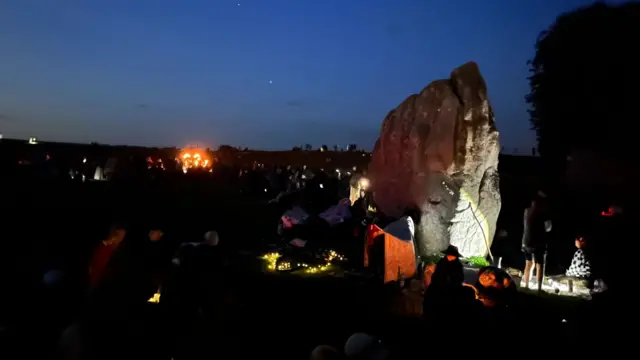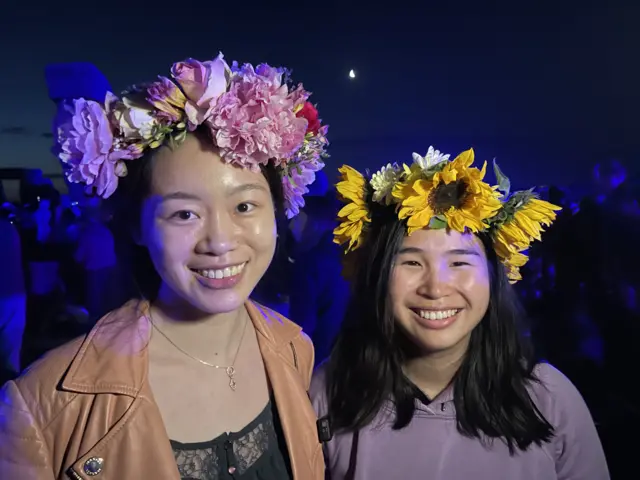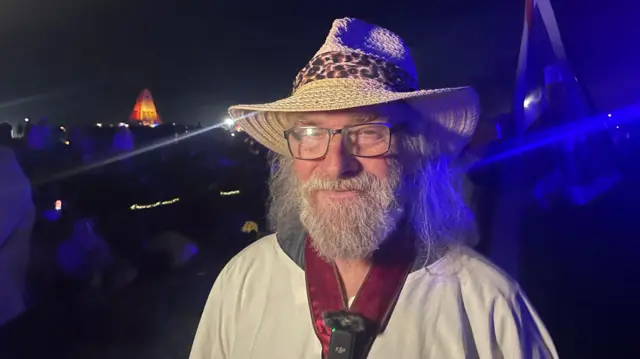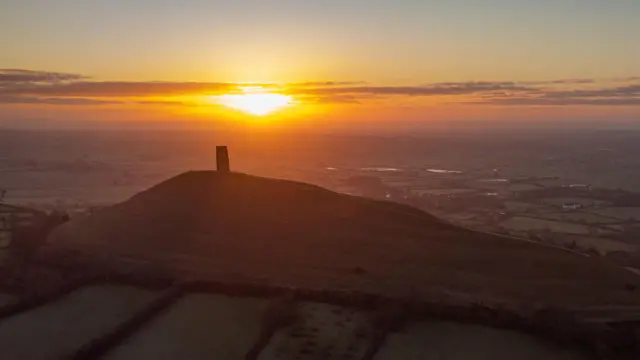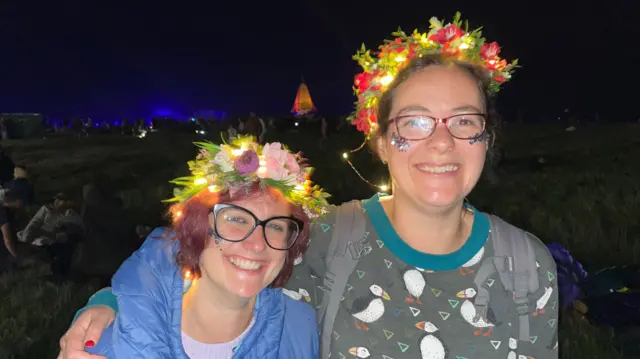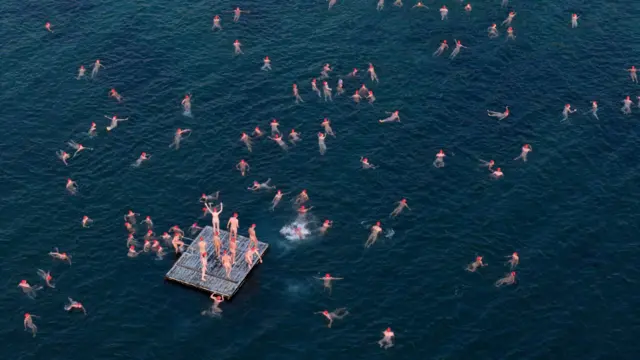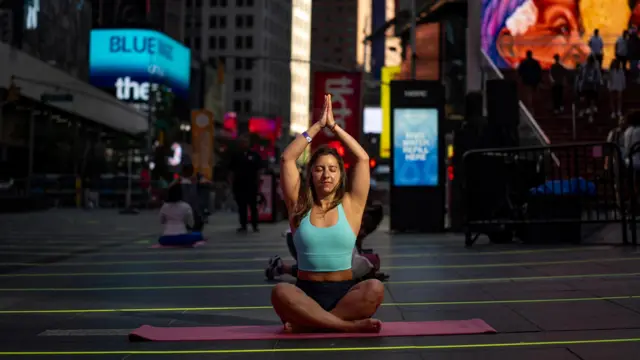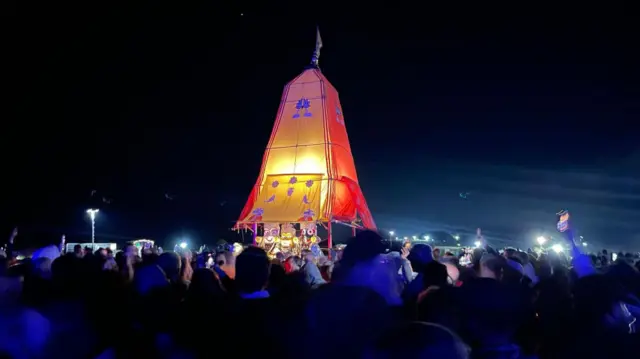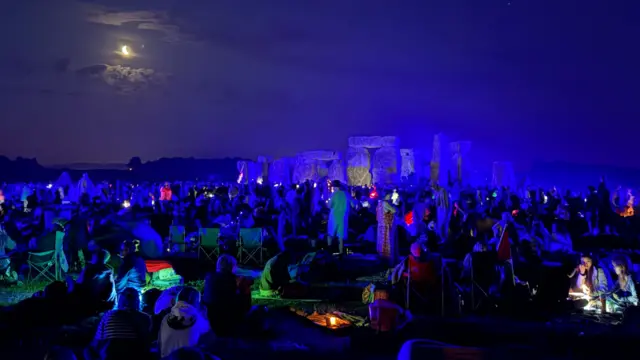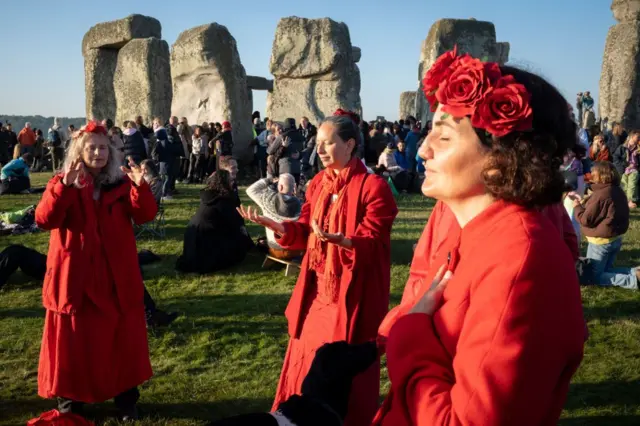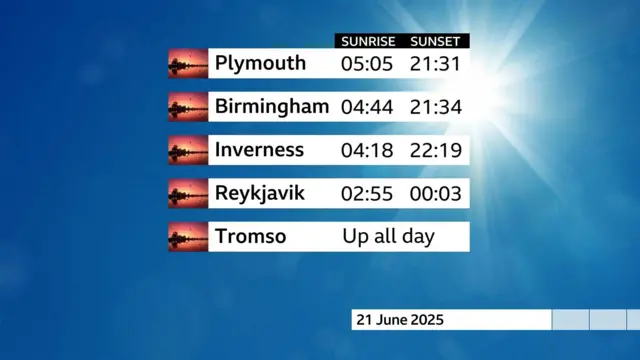A 'bucket list' momentpublished at 04:23 BST 21 June

Julie Fawcett and her family have travelled to Stonehenge from Liverpool.
"It was a long journey, seven hours with a lot of traffic on the way but it's worth it," she said.
She told our reporter Emma Elgee she used to visit Stonehenge as a child and has now bought her nephews to the solstice.
"It's on my bucket list to see this," she added.



